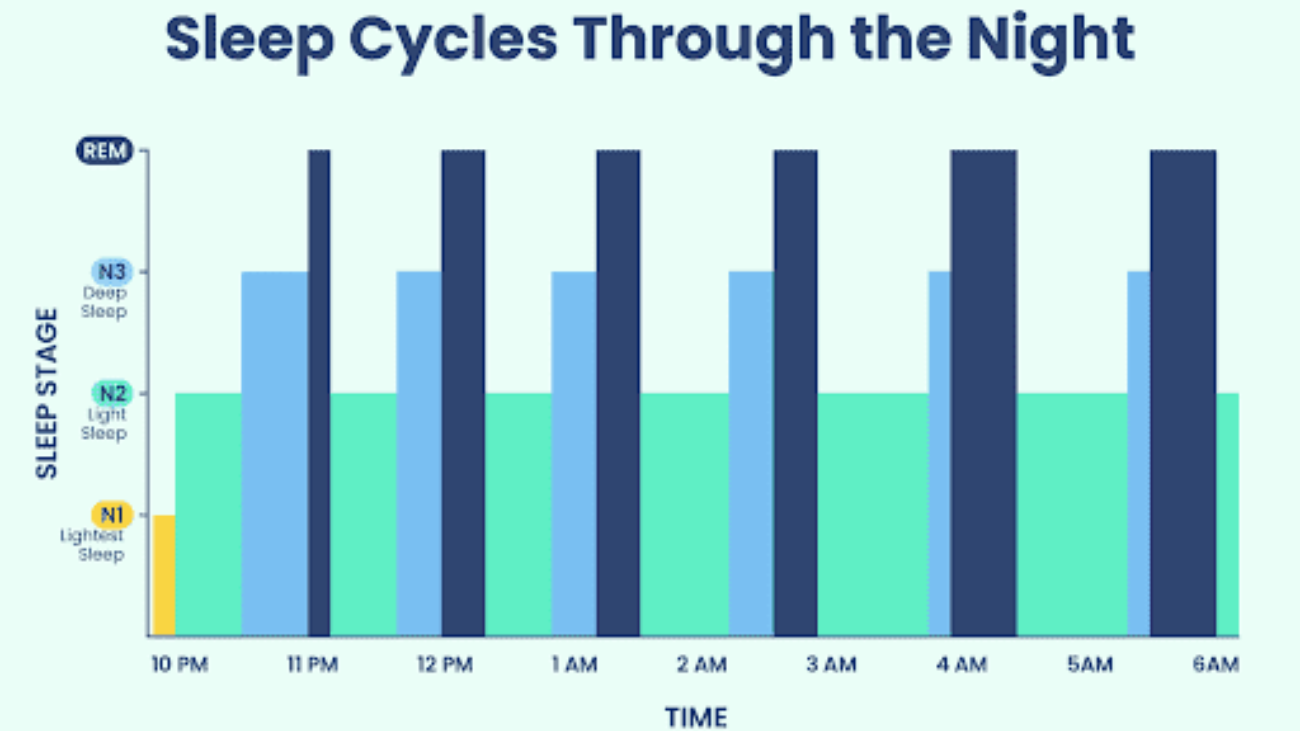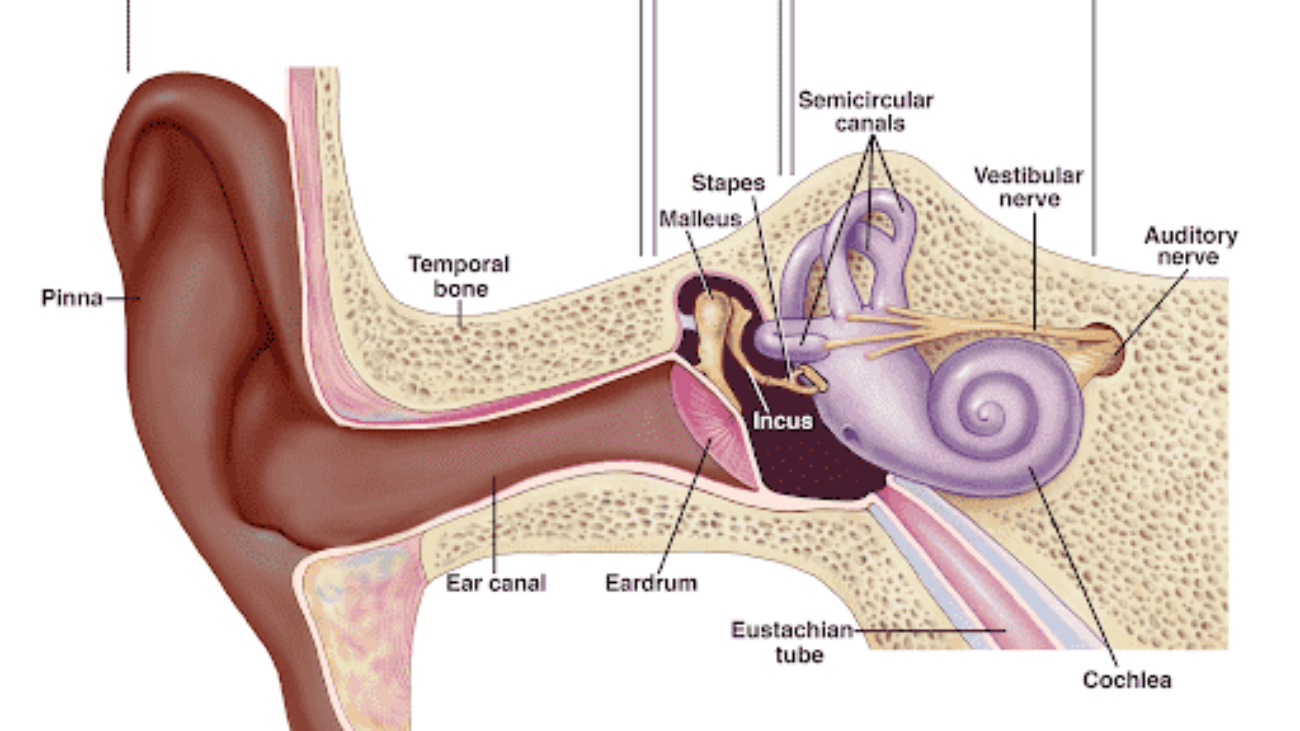
Have you ever wondered how humans can travel to space? Are you fascinated by the intricacies of flight and the wonders of space exploration? Do you aspire to create the next generation of aircraft or spacecraft? If so, you might be interested in space or wish to become an aerospace engineer. But first, let’s dive into this exciting profession.
Aerospace engineering is a branch of engineering that deals with designing, developing, testing, and producing aircraft and spacecraft. It involves the study of aerodynamics, propulsion systems, materials science, and structural design. Aerospace engineers create and improve aircraft and spacecraft to satisfy various requirements, such as performance, safety, and reliability. They also work on developing new technologies, such as advanced materials and propulsion systems, to enhance the capabilities of aircraft and spacecraft. Aerospace engineering is a fascinating field vital in advancing our understanding of the cosmos and our ability to explore it.
Furthermore, they work on developing advanced materials and propulsion systems to improve technology and enhance the capabilities of aircraft and spacecraft. The importance of aerospace engineering cannot be overstated, as it enables us to further our understanding of space and the world around us.
And, is it hard to study aerospace engineering? To study aerospace engineering, you must earn a bachelor’s degree. This degree program will cover various subjects such as aerodynamics, propulsion systems, materials science, and structural design. Additionally, you may be required to complete mathematics, physics, and computer science courses. Aerospace engineering, as with any field of study, can be challenging. However, with dedication and hard work, it is possible to succeed. It’s essential to stay focused on your goals and seek help when needed, whether from professors, classmates, or tutoring services. Remember, studying aerospace engineering can lead to a rewarding and exciting career, so don’t be discouraged by the challenges you may face.
Aerospace engineering is undoubtedly challenging, requiring high technical knowledge and a firm grasp of complex subject matter. Mastering this field can be daunting, with topics ranging from aerodynamics to propulsion systems and materials science. In addition, the mathematics and physics courses required for this degree program can pose significant difficulties for many students.
On the other hand, it’s cool. Aerospace engineering is a fascinating tool since it allows us to explore and understand the universe beyond our planet. The technology and innovations developed in this field have allowed us to travel to space, explore other planets, and have practical applications in transportation, communication, and defense. Additionally, the field constantly evolves and pushes the boundaries of what we thought was possible, making it an exciting and dynamic area of study and work. Overall, aerospace engineering is an incredible tool that has the potential to make a real difference in the world.
References:
Shashibaero, Author at The Article Diary. https://thearticlediary.com/author/shashibaero/
Aerospace Engineers : Occupational Outlook Handbook: : U.S. Bureau of Labor Statistics. https://www.bls.gov/ooh/architecture-and-engineering/aerospace-engineers.htm?source=proed.purdue.edu&medium=referral
Clarkson University Now Offers Aerospace Engineering with Advanced Curriculum | Aerospace Tech Review. https://www.aerospacetechreview.com/clarkson-university-now-offers-aerospace-engineering-with-advanced-curriculum/
Aerospace Systems Engineering: Reaching New Heights in Technology. https://www.tonex.com/aerospace-systems-engineering-reaching-new-heights-in-technology/
Aerospace engineering. https://www.career14.com/2019/05/aerospace-engineering.html
Read more interesting science blogs on our website: https://projectcleris.org








